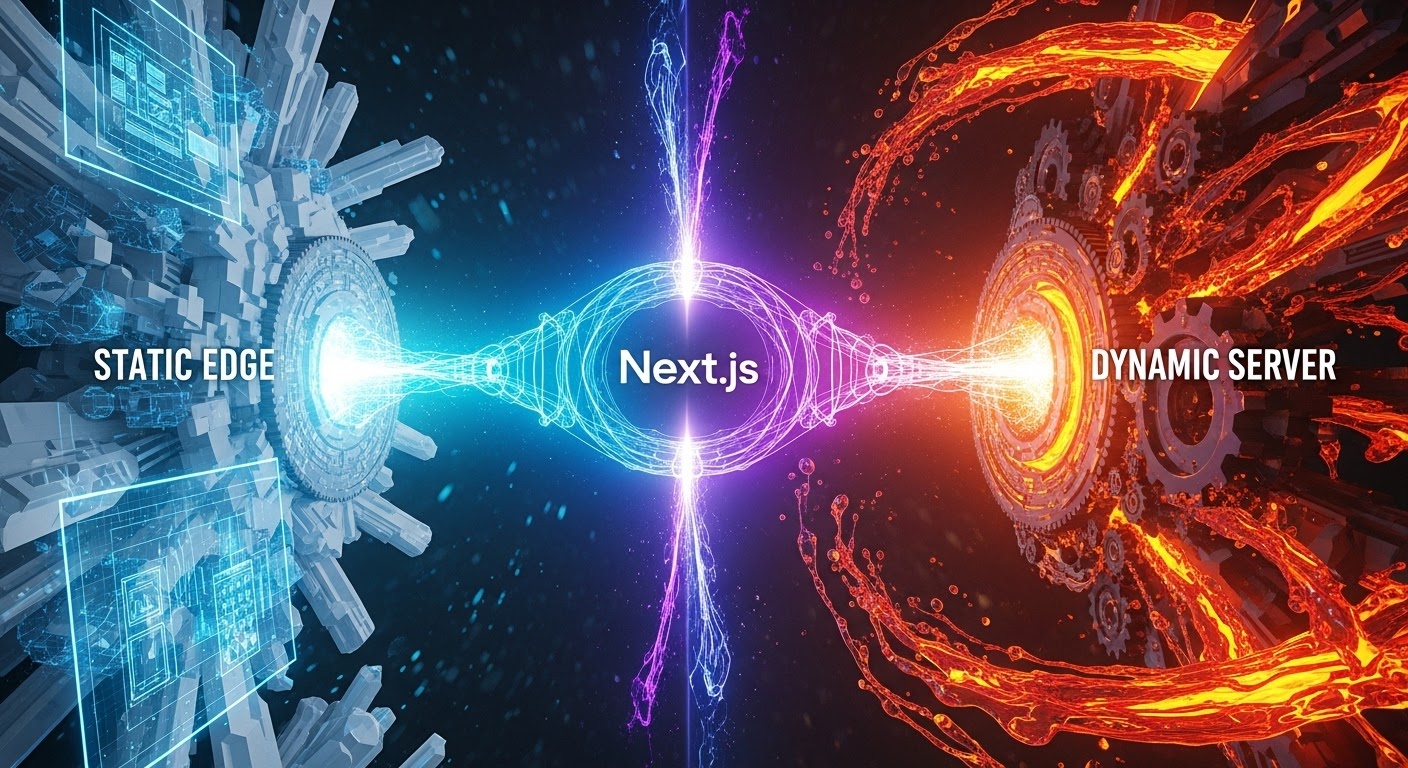Search This Blog
Welcome to Financially Free, your guide to taking control of your money. Learn to budget, pay off debt, and invest wisely. We provide practical advice and simple strategies to help you build wealth and achieve true financial independence. It's time to live life on your terms.
Axos ONE
Featured
- Get link
- X
- Other Apps
What is Artificial Intelligence? (Beginner)
What is Artificial Intelligence? (Beginners)
It can be
defined as follows: Artificial Intelligence is a field of computer science
whose goal is to recreate a technological equivalent to human intelligence. AI is
not a technology in its own right but a set of technologies and tools.
A scientific discipline invented in 1955 by two
mathematicians, John MacCathy and Marvin Lee Minsky.
"AI is the science of programming
computers to perform tasks that require intelligence when performed by beings Human.
»
Marvin Lee Minsky
DEFINITION: methods
Artificial
Intelligence (AI) consists of putting in place a number of techniques to enable
machines to imitate a shape real intelligence, in particular adapting,
learning, communicate and interact in a rich and varied way with their environment.
The
goal is not to Replace
people by machines but to add to the capabilities a
possibility Unparalleled.
The Capacity
of Intelligence Artificial is to analyze tremendous amounts of data and
to detect trends that would otherwise be impossible to detect.
Types of Artificial Intelligence
Artificial intelligence
Intelligent
behavior automation.
Machine Learning
Computer
programs that allow machines to learn without being specifically programmed, in
order to evolve on their own.
Deep Learning
Data model
training that works like a neural network.
- Get link
- X
- Other Apps
Popular Posts
Next.js Partial Prerendering: The End of the Static vs. Dynamic Trade-off
- Get link
- X
- Other Apps
Gemini 3 is Here: The AI That Finally "Reads the Room"
- Get link
- X
- Other Apps






Comments
Post a Comment